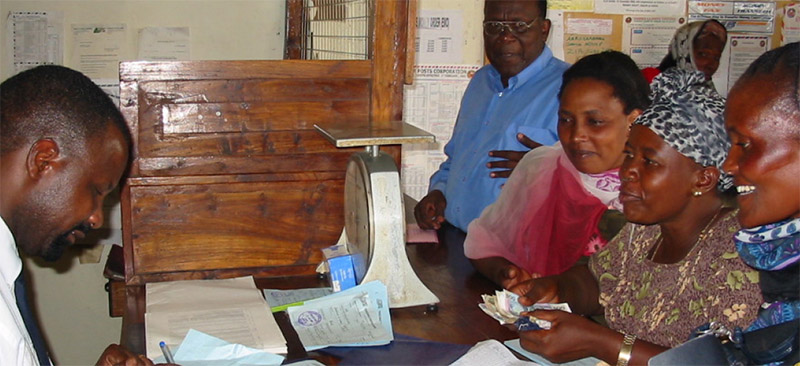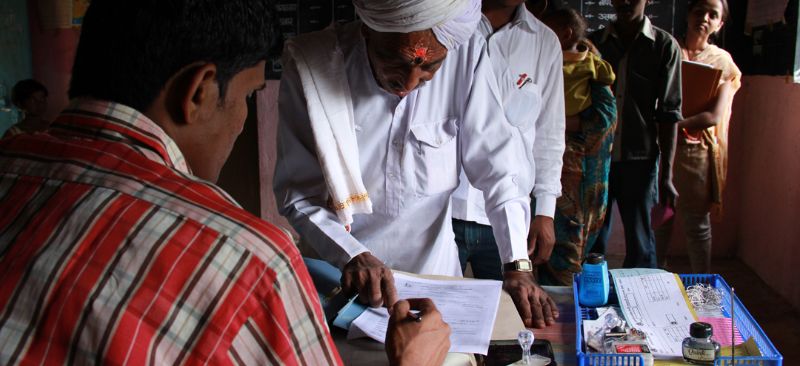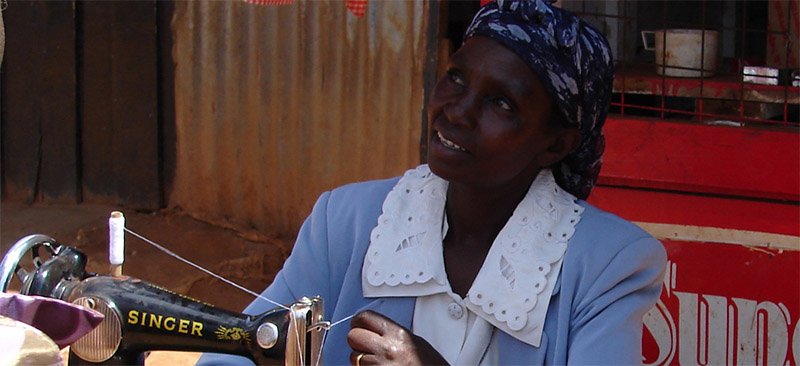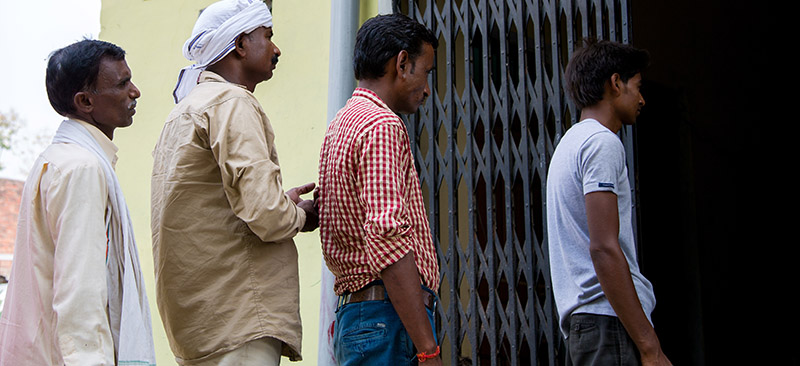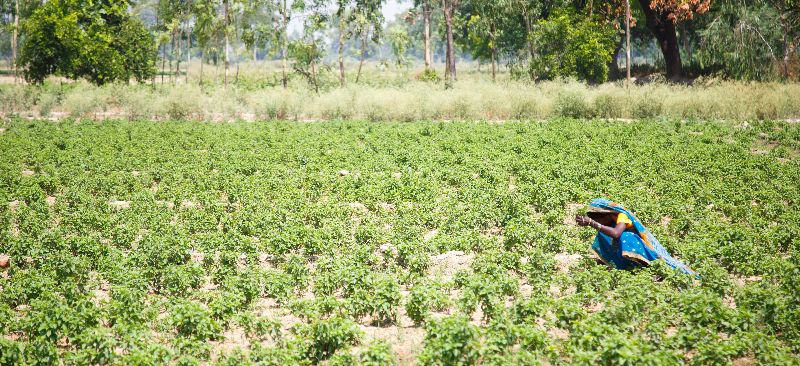Many MFI’s have started to introduce individual loan as one of their product offerings. They see individual loans as a good business opportunity and as an effective mechanism to help clients in business activities. Market research is a pre-requisite for launching a successful new product offering. MFIs must carefully dwell upon important product features of individual loan before rolling out the product.
This note attempts to highlight the key product features which an MFI must focus on, before offering individual loan product to the clients are as follows:
– loan size
– loan term
– repayment frequency
– pre-closure rules
